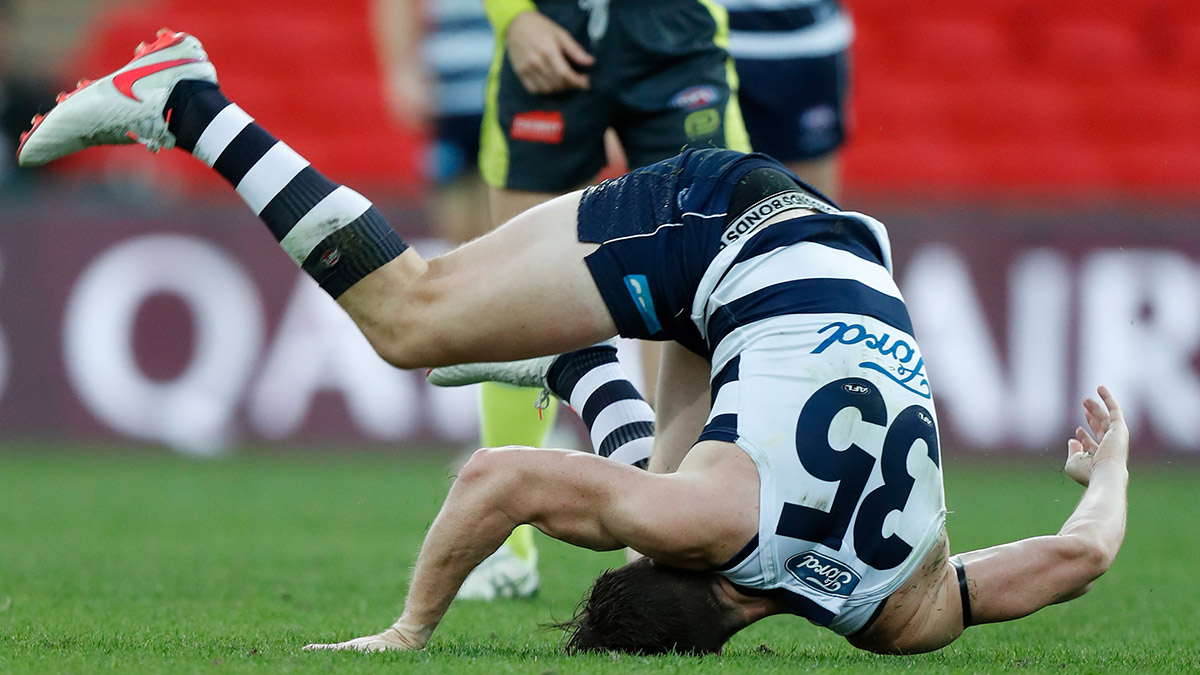Iron ore is surging — here are two catalysts that could signal a fall

Iron ore prices are trading near eight-year highs, but CBA expects prices to fall ~60pc by year-end 2021. (Pic: Getty)
- Steel mill margins and shipping port stockpiles in China will be “the catalysts for lower iron ore prices”, CBA says.
- The bank’s commodities team has a year-end 2021 forecast of $US90/t for benchmark 62% fines.
The iron ore juggernaut rolled on into the weekend, with benchmark spot prices surging again to $US145 a tonne on Friday night.
In a historical context, CBA analyst Vivek Dhar said that marks the highest spot price since March 12, 2013.
Dhar said the latest rally can be tied directly to iron ore stockpiles at China shipping ports, which have now declined for three straight weeks.
It’s the first time that’s happened since June, and it reinforces the narrative around supply shortfalls — particularly given that China typically accounts for around 70 per cent of global iron ore imports.
This year, China’s post-Covid construction boom has seen that number increase to around 75 per cent.
As Stockhead’s Mike Cooper highlighted in a deep-dive on iron ore yesterday, the length and scale of China’s infrastructure push has left a number of analysts surprised.
And it’s also underpinned the country’s insatiable appetite for steel, where Dhar said demand across infrastructure, property and manufacturing “have all surpassed expectations this year”.
Two catalysts to watch
Conversely, it’s also those two factors — steel demand and shipping port stockpiles — that will provide the catalyst for iron ore prices to come off their recent peaks.
To finance all of its development, China has issued around RMB 3.75 trillion (~$US560 billion) worth of local government bonds — around 75 per cent higher than usual.
CBA estimates that around 94 per cent of that funding had been allocated by the end of October.
That being said, Dhar and his team still reckon China has a few months to go before steel demand peaks.
But at some point next year, the demand impulse will weaken — “especially as China’s fiscal policy will likely move away from supporting China’s commodity intensive sectors”, Dhar said.
He also said the level of China’s iron ore stockpiles will be an important barometer for prices.
Leading up to last week’s price surge, supply from the world’s two largest producers — Australia and Brazil — decreased in the four weeks ended November 27.
However, Dhar said a decline in December is unlikely, as supply typically ramps up into the end of Q4 before weakening in Q1.
Ultimately, the combination of “falling steel mill margins in China and rising iron ore port stocks would be the catalysts for lower iron ore prices”, Dhar said.
Looking ahead, the CBA team forecasts that iron ore prices will revert back to around $US90 a tonne by the end of 2021.
UNLOCK INSIGHTS
Discover the untold stories of emerging ASX stocks.
Daily news and expert analysis, it's free to subscribe.
By proceeding, you confirm you understand that we handle personal information in accordance with our Privacy Policy.








